The Creative Stress Cycle: 10 Ways to Make Stress Work FOR Us
“Everyone knows what stress is, but nobody really knows.”
– Hans Selye, World’s First Stress Researcher
Key: Stress is the creative energy made as our inner self dances with the outer world.
Living it: Take control of ourselves in simple ways and harness our stress energy to reduce the distress we feel.
Clinical Concept: Stress management via holistic self-awareness and biopsychosocial restructuring to promote self-empowerment, productivity and resiliency factors.
It’s hard to believe that we’ve only been living with stress for 82 years.
Okay, that’s just how many years it has been since the term “stress” was first coined by researcher Hans Selye in 1936 as “the non-specific response of the body to any demand for change.” Selye meant his definition as an objective observation of our relationship to the external world, but “stress was put in a negative light and its positive effects ignored” since the public saw stress “as being synonymous with distress.” He devoted his life to universally defining and redefining stress to try and capture the distinction between stress as a positive motivator and the distress we can feel when overwhelmed or over-extended. He eventually gave up, and summarized his life’s work with the quote above.
The American Institute of Stress uses a roller coaster ride to describe differing stress responses. They make the wise observation that what distinguishes those who adore the ride from those who are bored or terrified “was the sense of control they had over the event. While neither group had any more or less control their perceptions and expectations were quite different” (AIS, 2017).
The AIS supports Selye’s finding that “everyone can’t agree on a definition of stress” but they also assert that “all of our experimental and clinical research confirms that the sense of having little or no control is always distressful – and that’s what stress is all about.”
The distress that we call “being stressed” is the creative energy built as our need to meet external demands for change interacts with our internal need for control. Stress is a motivating, creative cycle; we strive therefore we stress and we stress, therefore we strive. I believe this energy is meant to be harnessed and used or stress becomes distress. Check out the handy chart I made to help us visualize the cycle! (below)
Here are 10 simple ways to build a life that uses stress creatively. These ways all work together, but I hesitate to call them steps because we can pick and chose and get benefits from any of them. However, they do all work together in a progression from the internal self, to the mediating balance between ourselves and the world, to our impact on the external world. The amount of distress or growth the cycle fosters in us is very much the result of how we handle it.
Making Stress Work
“Reality is the leading cause of stress for those in touch with it.”
Jane Wagner, Writer
Know Yourself: The first way couldn’t be easier. We’re not talking about a deep Zen knowledge—although, the development of that is surely a great and stress balancing pursuit. We create a firm sense of control just by knowing our values, our drives, our loves, our dislikes and especially what drains, restores and motivates us. Change will always come from the outside, but the more our core self-knowledge is strong, the less distress it will cause us.
Breathe: We spoke about this one in Sailing Through Stress. As Korb put it then Deep breathing “increases feelings of optimism and decreases feelings of depression, anxiety and overall stress” because it engages the brain’s relaxation response (Korb, 147). There are breathing books, apps, functions on fitness watches and websites devoted to teaching us how to breathe. My favorite is just to breathe so deep that you feel it in your chest and belly, then breathe out again. The key to breathing is to bring oxygen to your bloodstream, calm to your mind and a reminder that you are in control of your body. Hey, speaking of…
Befriend Your Body: The third most important way to reduce our distress is to get physical. This can be achieved any number of ways. The goal is to look shift our focus from the external stress to our internal experience of the world around us and to slow our racing mind to just the immediate sensations. This can be done with something as low-impact as meditation, yoga or Tai Chi, intermediate intensity like team sports, running or swimming and even more extreme endurance activities like rock climbing. More studies that I can link here have connected physical expression with decreased distress and increased resilience. The best part is that the more you exert yourself, the more you burn off stress and condition your heart to have a lower resting beat per minute which helps reduce your stress reaction in the future.
Plan: The amygdala is the worrisome part of our brains. He’s a pal, actually. Always looking ahead for danger or even what might be danger—like deadlines or social conflict or the looming “What if?” But he sucks at planning. He just worries and worries. The prefrontal cortex is also a pal because he’s all plan, all the time. Planning is a great way to reduce distress when life changes, we take on a big project or we feel out of control. In fact, making contingency plans for those random worries that nag us in the middle of the night is a great way to reduce baseline anxiety or sudden stress response for when the “What if’s” of our lives really happen.
Limit: Boundaries reduce distress in two ways. First, boundaries that we set on the external reduce our commitments, our work load, our distractions and even our joyful social over-extending (like during the holidays) and this increases the likelihood that we will remain at a lower distress level. Second, boundaries that we set on ourselves increase our personal health and feeling of control, like with dieting or drinking, limiting spending, and even how much media we indulge in. Over-indulgence makes us prone to distress.
Accept: Let’s go back to the roller coaster. Remember, no one had control, no matter where anyone sat or how much they appeared to enjoy the ride. Accepting that we truly don’t have as much control as we like can be both fearful and freeing because once we acknowledge it we can revisit things like our self-knowledge, planning and limiting with more open eyes, but we can also look to the external with a new sense of adventure. We’ve never had total control and we’ve always survived. Either we’re stronger than we know, life is less scary than our amygdala fears or there’s something out there in the universe that has our back to some degree. I posit that it’s a mix of all three. Speaking of…
Connect Spiritually: Not only have I personally found that a spiritual connection reduces distress and increases my ability to handle stress, but Dr. Roberta Lee (2010) cited studies of hundreds of thousands of people which “shows that people who are more religious or spiritual use their spirituality to cope with life. They’re better able to cope with stress, they heal faster from illness, and they experience increased benefits to their health and wellbeing” because “spirituality connects you to the world, which in turn enables you to stop trying to control things all by yourself.” This is also supported by the Mayo Clinic (2018) who also noted that “Spirituality has many definitions, but at its core spirituality helps to give your life context. For many, spirituality takes the form of religious observance, prayer, meditation or a belief in a higher power. For others, it can be found in nature, music, art or a secular community.”
Give: Generosity reduces stress and increases both feelings of control and positive emotions in yourself as the giver and those who receive. It doesn’t matter if you give money, time, tangible objects, a listening ear or just a truthful compliment—giving empowers us and reduces stress. Plus, it brings joy to others.
Clean: I’m sorry, it’s true! I could cite studies on this, too but I’m trying to refrain from a total link-fest. An orderly home or office brings feelings of control and peace. Just doing the dishes reduces stress as opposed to the feeling we get as we look at them every time we enter the kitchen. In fact, just tidying one thing a day, or week, like doing the laundry, vacuuming or just making the bed increases our sense of mastery of our lives.
Create: Creativity is a way to channel our stress energy, like with exercise, but rather than inner-betterment creativity is stress released in outward positive change and control of the world. Creativity is just as personal as spirituality and just as diverse. Everything from the wildest art to the most structured spreadsheet are creative expressions that will certainly reduce our stress and have the potential to beautifully reduce the distress of others. Hopefully, these articles do that for you, because they surely do so for me. In my opinion, this creative fruit is the purpose of stress, no matter what form it takes.
Remember, we strive therefore we stress and we stress, therefore we strive. The amount of distress or growth the cycle fosters in us is very much the result of how we handle it and most importantly, what we use it for.
Let’s live with stress but not in distress and make a better world.
__________________________________________________
Alex Korb PhD (2015) The Upward Spiral: Using Neuroscience to Reverse the Course of Depression, One Small Change at a Time. New Harbinger, Oakland, CA
American Institute of Stress (2017) What is Stress? Retrieved from: https://www.stress.org/what-is-stress/
Mayo Clinic (2018) spirituality and stress relief: Make the connection Retrieved from: https://www.mayoclinic.org/healthy-lifestyle/stress-management/in-depth/stress-relief/art-20044464
Roberta A. Lee (2010) The Superstress Solution. Random House, New York, NY.
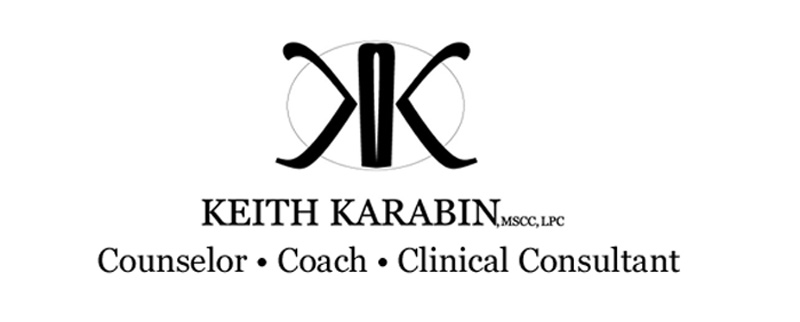

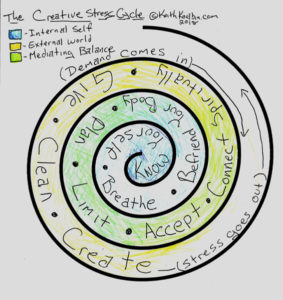
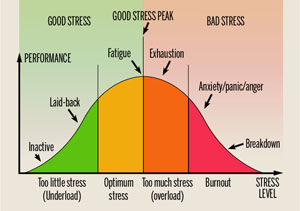
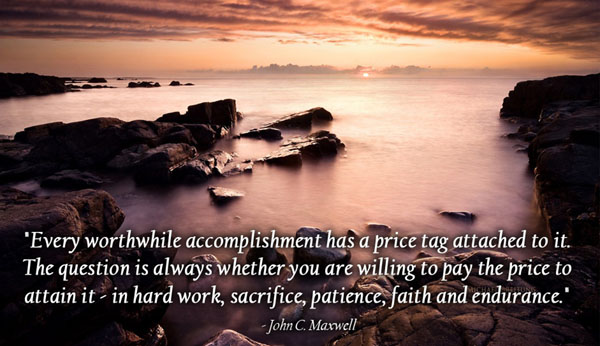
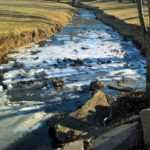 Previous Post
Previous Post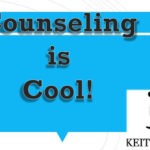 Next Post
Next Post